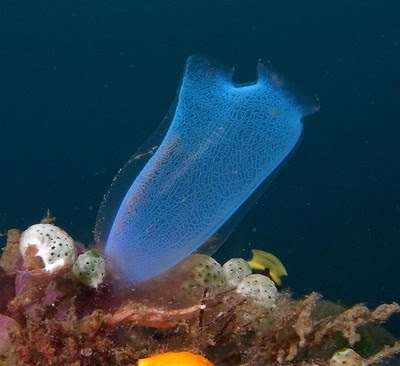Plant or Animal?
It's not always easy to tell the difference between a plant and an animal.
On the sea bed there are living things that looks like a flower or a growing plant out of the sand. But if a fish swims by and touches the flower's petals or the plant, the fish gets caught. A little mouth opens up and draws in the fish.
Dahlia Sea Anemone: The flower - like living thing on the sea bottom moves. it slides slowly over the Sand. Dahlia Anemones are found in colder waters down to 656 feet (200 m) deep. It feasts on shrimp, crabs, mussels and small fishes with venomous tentacles that can number up to 160.
It's not always easy to tell the difference between a plant and an animal.
On the sea bed there are living things that looks like a flower or a growing plant out of the sand. But if a fish swims by and touches the flower's petals or the plant, the fish gets caught. A little mouth opens up and draws in the fish.
Dahlia Sea Anemone: The flower - like living thing on the sea bottom moves. it slides slowly over the Sand. Dahlia Anemones are found in colder waters down to 656 feet (200 m) deep. It feasts on shrimp, crabs, mussels and small fishes with venomous tentacles that can number up to 160.
Corals: Coral organisms, called polyps, can live on their own, but are primarily associated with the spectacularly diverse limestone communities, or reefs, they construct. They permanently attach their roots like parts to the sea floor and hence relies on its relationship with algae to make the largest structure of biological origin on earth.
Sea Squirts: They belongs to a remarkable group of undersea animals called Tunicates, which are sack like filter feeders, which means they feed by filtering the nutritious particles out of the water. They found in many colors and shapes.




ConversionConversion EmoticonEmoticon